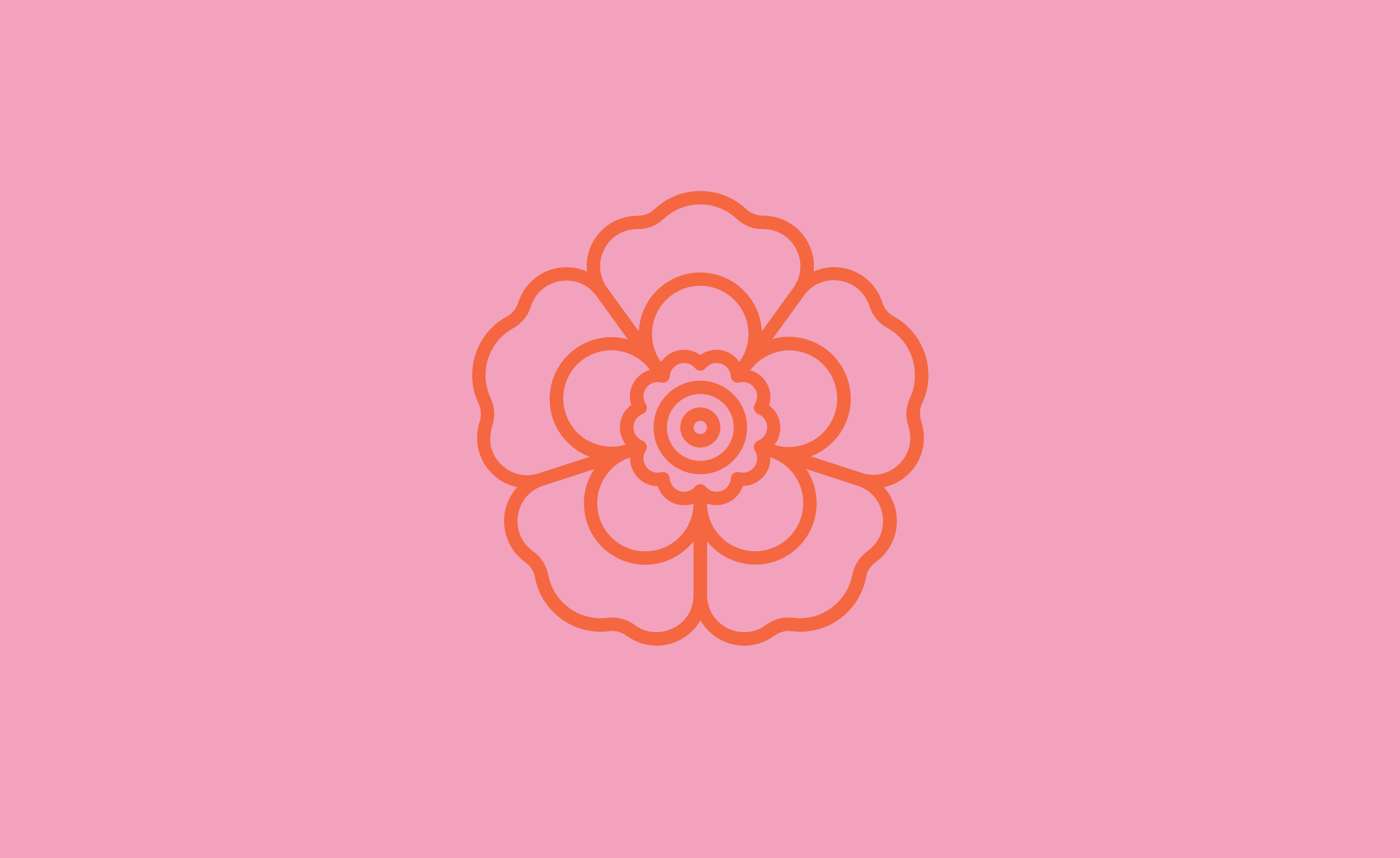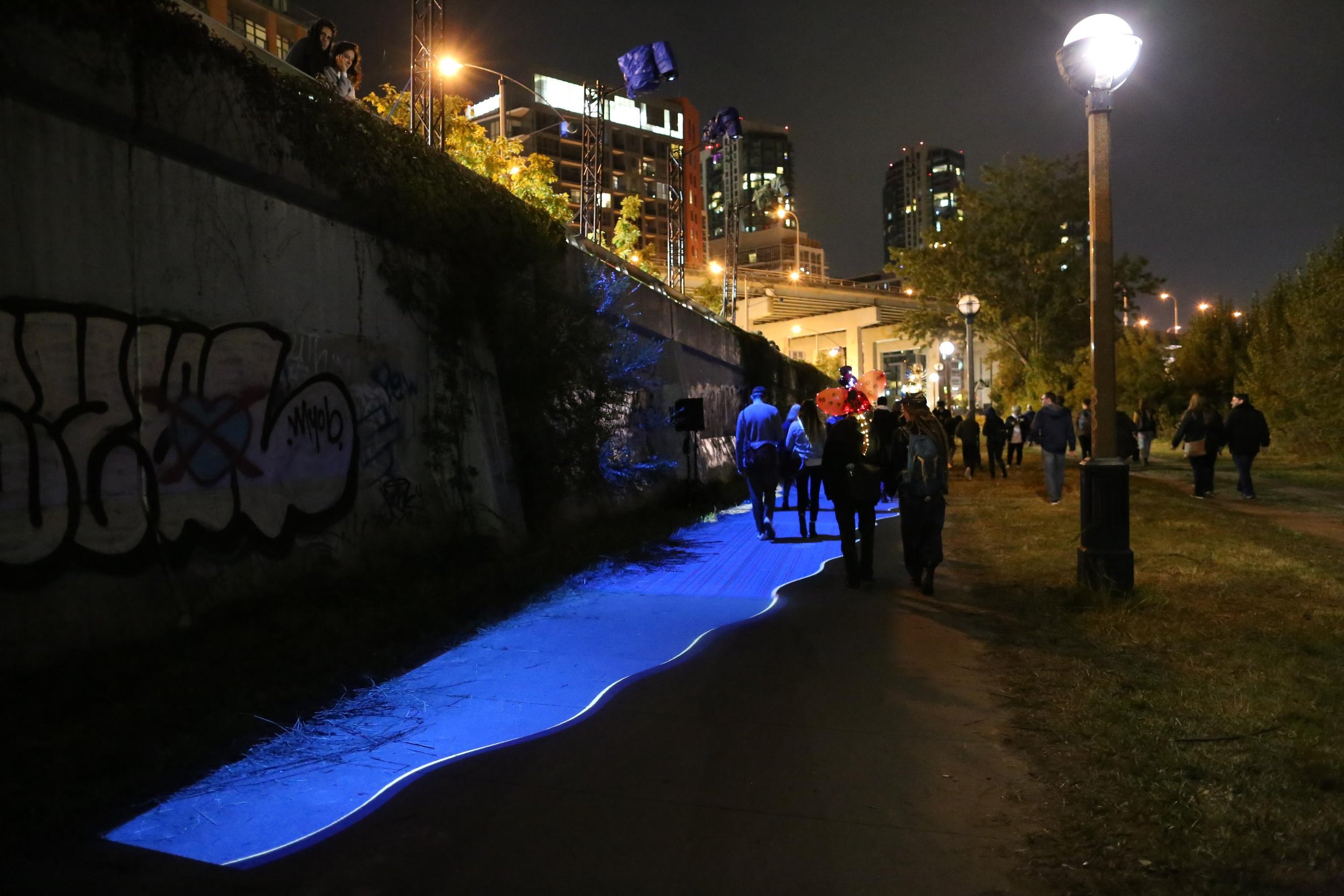
Collective Members
Christine Dewancker
Christine is an artist currently living in Toronto, Canada. Through her work she explores the physical and psychological effects of the spaces we occupy and how the built environment informs our experiences and relationships with each other. She is interested in systems of production and circulation and how these conditions influence our relationship to materials and place. Much of her work is site specific, responding to the environment in which it is situated and is informed by the historical, socio-economic and ecological conditions that produce the places we inhabit.
Material Flow (2022) Inspired by the life cycle of materials and how these materials are encountered in our everyday environments, Material Flow incorporates industrial building practices to create works which foreground the body and organic forms. Each piece brings forth a sensual quality of the material, positioning it in direct contrast with its utilitarian origin. From the conception of spatial design to the use (and misuse) of the materials employed through the construction process, Material Flow asks viewers to consider, “What are the latent philosophies imbued in the materials (and waste) we produce?” and, “What is the reciprocal relationship between us and the spaces we occupy?”
Analemmatic Sundial (2022) This analemmatic sundial places the participant as the center point, casting a shadow to project the hour line. The gnomon must change position depending on the time of year to accurately indicate the time of day. Centuries of mathematical and geographic discovery have contributed to the knowledge needed to create this sundial and as one’s shadow is cast, I invite participants to consider not only the time, but the history of these knowledge systems.
Acoustic Ecology I (2019) Acoustic Ecology Iexplores the influence of sound in our spatial understanding, creating a unique sound environment that changes over time. The columns are arranged to simulate a pipe organ, spread out over the landscape and are activated by the wind. This harmonic connection with the landscape is simultaneously underscored by the reference to industrial practices, as the pipes also evoke large PVC pipe used in water drainage systems. Often times PVC pipes can be found protruding through the ground, before the foundation of a building is laid, revealing for only a short time the vital systems at work in a building’s operation. It is through this reference to building practices that the site becomes one of potential, an unfinished space whose purpose is undefined, until the direction of the wind resonates within. The work is designed to create a tension between the natural forces in our environment and the industrial changes to our environment that occur through development.
Cyanotype Impressions (2017) This sculpture was exhibited at the 12 Trees Exhibition at the Gardiner Museum in 2017, curated by Douglas Coupland. This work was made in collaboration with landscape designer, Katie Strang using found leaves from various species of trees within Toronto and the composition of the sculpture is based on the percentage of leaf coverage found in the urban canopy.
|_| is the place (2016) This installation was created for the 4elements arts festival. Flagging tape was used to wrap fallen tree branches and one hundred marker flags were installed throughout the area. Participants were encouraged to take the flags from the site and place them along their route throughout Kagawong at any personal points of interest.
Daylighting (without you I would be lost) (2019) This work is a continuation of my piece, “To love you deeply I look to my mind’s eye” (Nuit Blanche 2015), which explored the geographic, social and cultural history of Garrison Creek. Central to both works is a consideration of city building with regards to the function of waterways in Toronto and our relationships to these spaces. This piece takes as its starting point the layered narratives within a space and considers how these narratives can contribute to a collective understanding of place. The growth of Toronto and our relationship to the waterfront are key concepts underlining the work, as viewers were able to stand along what was once the shoreline of the city. This project was supported through Toronto Arts Council Strategic Funding.






